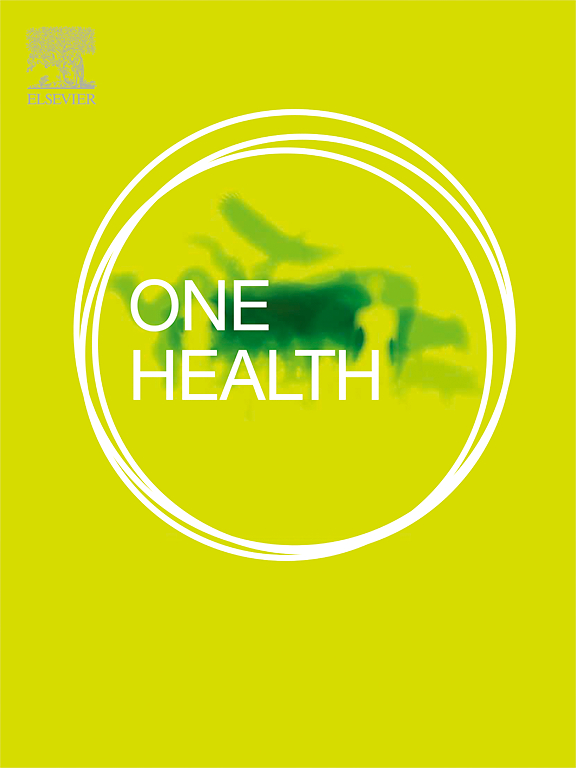Mass rabies exposure of veterinary health care workers in Germany: Management, immune response, and tolerability of post exposure-prophylaxis
IF 4.1
2区 医学
Q1 INFECTIOUS DISEASES
引用次数: 0
Abstract
Background
Rabies is a fatal zoonotic disease caused by Rabies lyssavirus, primarily transmitted through dog bites. In 2008, Germany was declared free from terrestrial rabies by the WOAH. However, illegal pet imports can still lead to rabies exposure, as seen in the 2021 case of a rabid puppy illegally imported to Germany, resulting in a mass exposure incident.
Methods
This retrospective study assessed the post-exposure management of 39 veterinary clinic staff exposed to the rabid puppy, focusing on the practicability, immunogenicity, and tolerability of post-exposure prophylaxis (PEP). Data was collected from patient records and for follow-up by phone using standardized case record forms, entered into an Excel database, and analyzed descriptively. Ethics approval was obtained from the Ethics Committee of the University of Tübingen (8452022BO2).
Results
Exposed individuals received varying PEP regimens based on vaccination status and exposure level, including possible aerosol exposure. Most followed the Essen-Scheme, with some receiving human rabies immune globulin (hRIG). All developed protective antibody titers, and adverse reactions were generally mild.
Conclusion
This case highlights challenges in rabies mass exposure management and emphasizes needs for continued preparedness, resource allocation and education about rabies, even in regions considered rabies-free.
求助全文
约1分钟内获得全文
求助全文
来源期刊

One Health
Medicine-Infectious Diseases
CiteScore
8.10
自引率
4.00%
发文量
95
审稿时长
18 weeks
期刊介绍:
One Health - a Gold Open Access journal.
The mission of One Health is to provide a platform for rapid communication of high quality scientific knowledge on inter- and intra-species pathogen transmission, bringing together leading experts in virology, bacteriology, parasitology, mycology, vectors and vector-borne diseases, tropical health, veterinary sciences, pathology, immunology, food safety, mathematical modelling, epidemiology, public health research and emergency preparedness. As a Gold Open Access journal, a fee is payable on acceptance of the paper. Please see the Guide for Authors for more information.
Submissions to the following categories are welcome:
Virology,
Bacteriology,
Parasitology,
Mycology,
Vectors and vector-borne diseases,
Co-infections and co-morbidities,
Disease spatial surveillance,
Modelling,
Tropical Health,
Discovery,
Ecosystem Health,
Public Health.
 求助内容:
求助内容: 应助结果提醒方式:
应助结果提醒方式:


